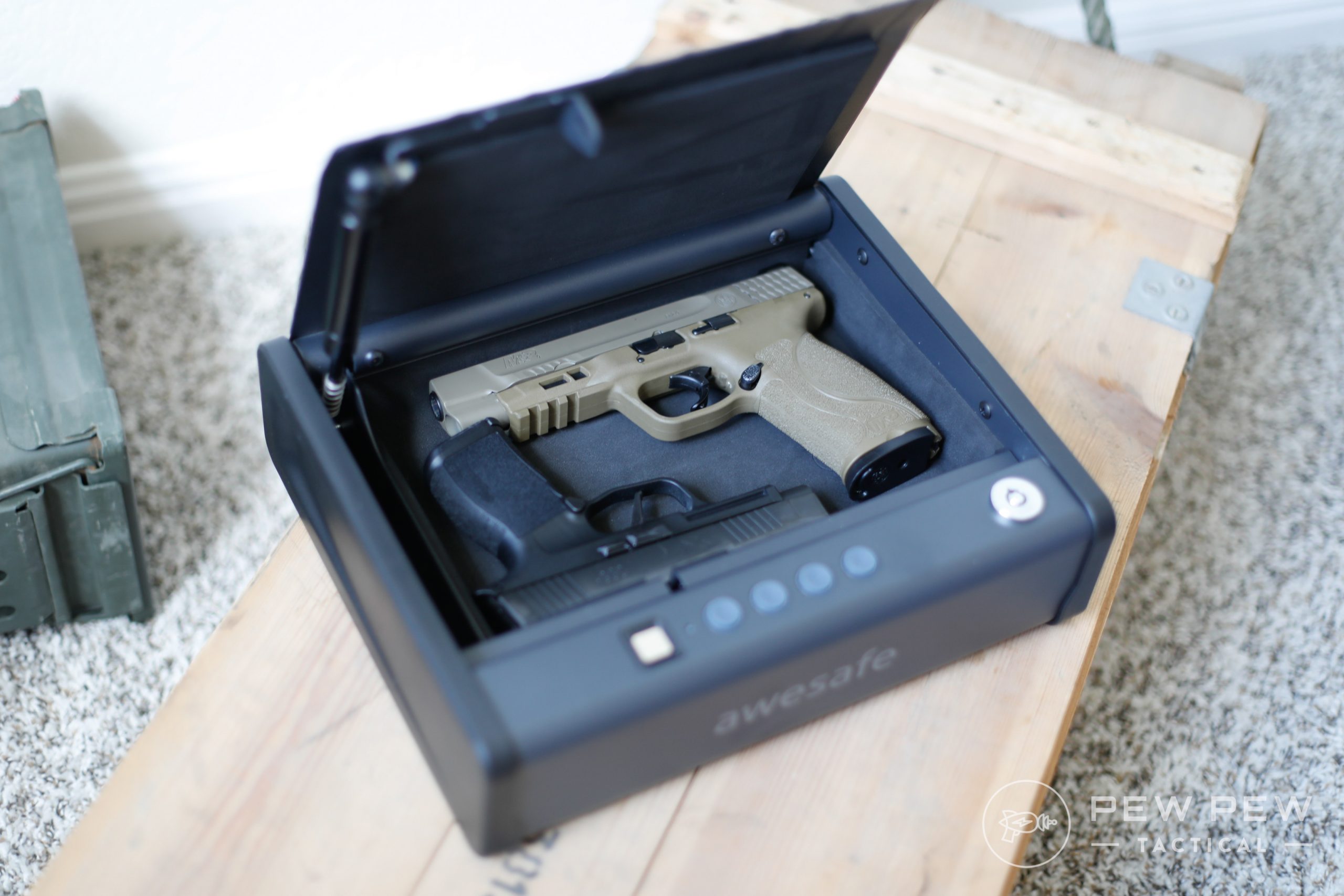The moment you’ve long feared has arrived: your gun safe has locked you out. What on earth are you supposed to do now?
Your SKS, your Glock 17, your ammo — it’s all in there!
Without your safe opening, you won’t be able to defend yourself, won’t be able to hit up the range, and may even miss out on a training course you planned long ago.
So, what are you to do?
As a locksmith, I’m here to help! I’ve gathered some tips and tricks to help you get into your gun safe and get your goods out.
Keep reading to learn how!
Table of Contents
Loading…
Keyed Gun Safes
Say you have a gun safe that can only be opened with a key.
Thankfully, this is one of the easiest safes to gain access to should something go wrong.
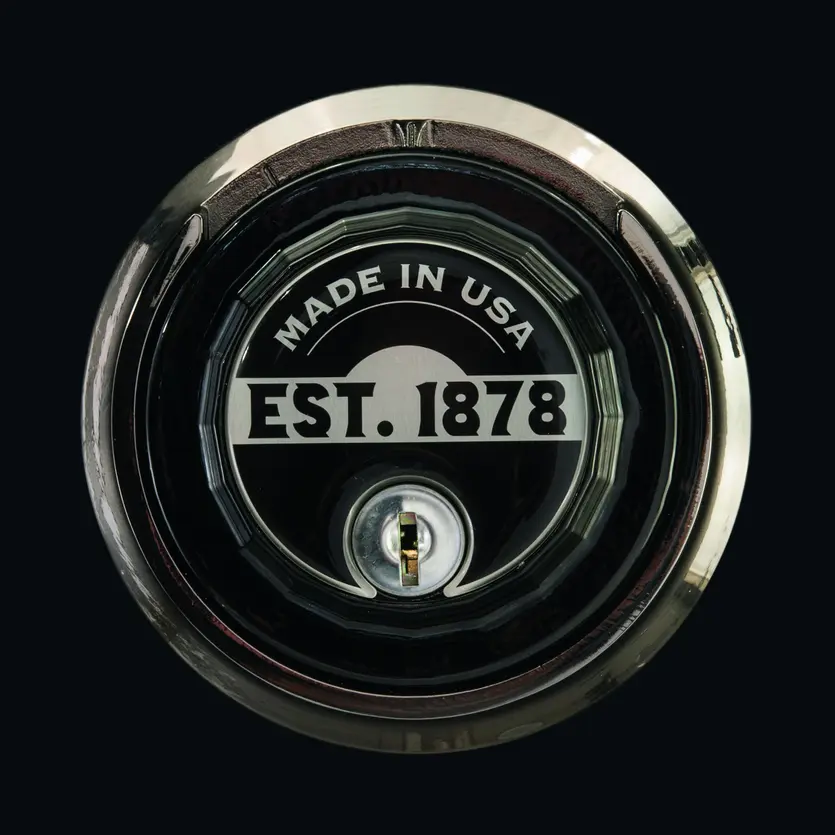
Let’s take a look at a few of the most common problems you’ll see out there with a gun safe that uses a key.
Key Broke In the Lock
This typically happens because the lock is rusty, and somebody tries to force it.
If you end up with half a key in your hand and the other half buried deep inside the keyway, here is what you need to do.
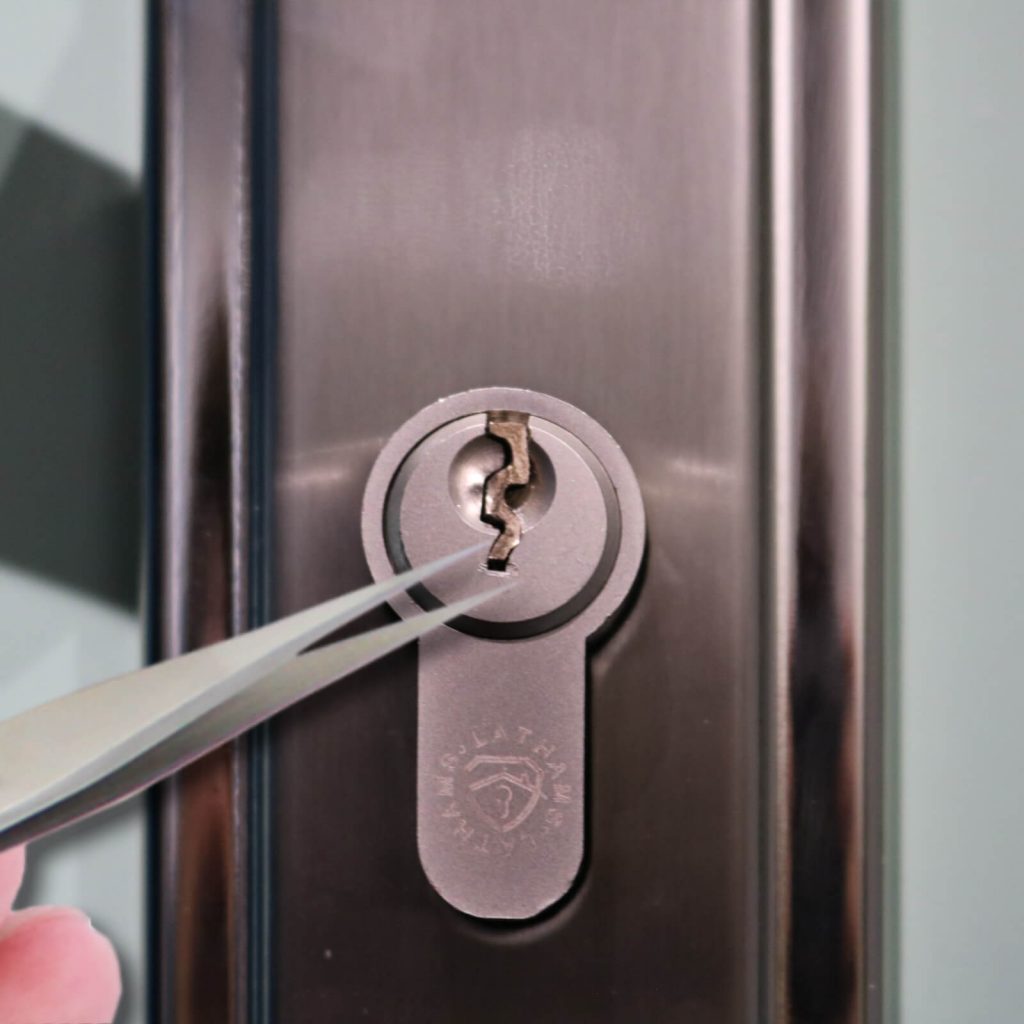
Most times, I can grab the key with a pair of needle-nose pliers and just pull the broken part out.
If that doesn’t work, try a pair of tweezers instead.
That doesn’t work, and there are still issues? See if you can gently grab the remnant with a hooked paperclip or some other thin piece of metal.
Of course, if you’re looking to prep for this kind of thing, keeping a broken extractor toolkit in your car or home could potentially save you a lot of future frustration.
at Amazon
Prices accurate at time of writing
Prices accurate at time of writing
Lost Keys
If you’ve lost the key, the first thing you’ll want to do is look at the keyway — the little hole that you stick the key in.

Right above it, stamped on the metal, might be a number or some other type of code.
If there is, you’re in luck!
Write down this code, take a picture of your safe, and head over to your local locksmith. Show them the code and the safe, and your locksmith should be able to make you a new key for right around $10-15 in around 10 minutes.
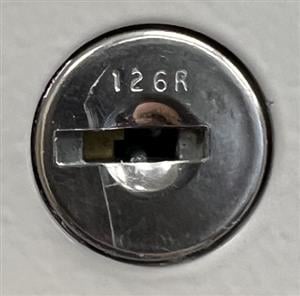
That little code above the keyway tells the locksmith what the cuts are on your key. They take those numbers, insert them into special software, and the software tells what to set the key-cutting machine to.
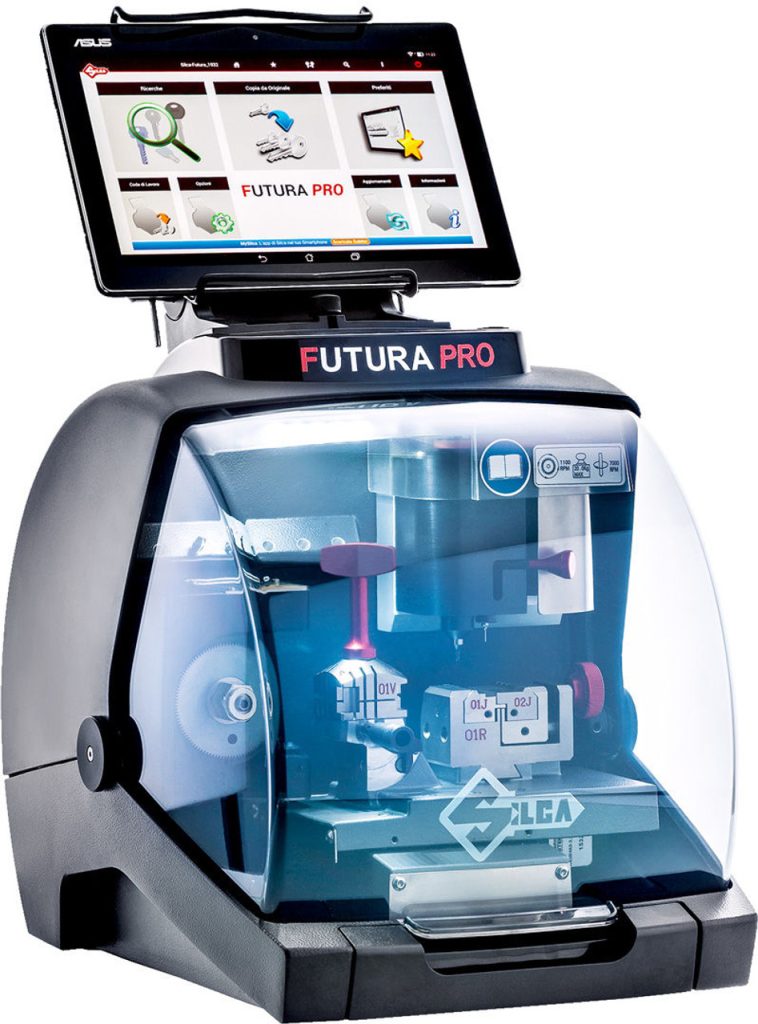
Your other option here is to find that code and do some online searching.
While you likely won’t find the key code/key cut list online (even if you do, it won’t do you much good), you may find a pre-cut key for sale that matches your gun safe.
No key and no code?
If you don’t see a code above the keyway, you generally have three options: Pick the lock, drill the lock, or let a locksmith have a crack at it.
Option 1: Picking the Lock
Picking the lock is harder than it looks on TV.
If your safe utilizes a key with cuts only on one side of the blade, you have a fair chance of getting in. If your safe uses a double-sided key, you’re going to have a much more difficult time.
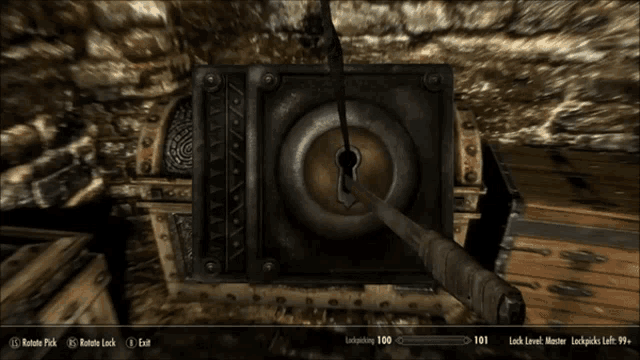
I’ve always found the best success picking locks when using a simple hook. Sometimes I can use a rake to pick open a lock, but I prefer single-pin picking.
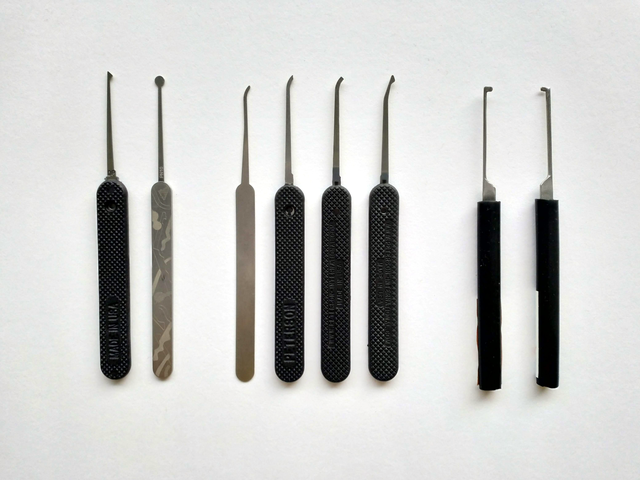
If your local laws allow you to purchase lockpicks, you may be able to solve the problem yourself for around $20 and a bit of time yelling at a safe.
But remember, we’re not lawyers here, so check your local laws before you buy because jail time is no fun.
Option 2: Drilling the Lock
Drilling out a safe is a second option, but I wouldn’t recommend it to anyone who’s not proficient in it.
If you drill the wrong part of a safe, you can activate a secondary locking mechanism, and then you’ve got a heck of a problem on your hands.
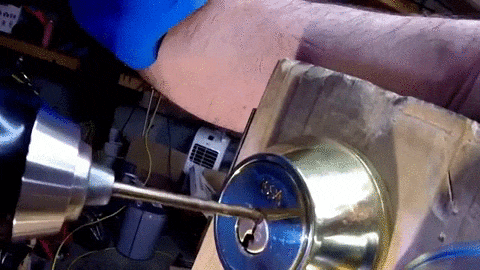
Some of the older safes I’ve drilled have actually been filled with glass tear gas vials to deter thieves from breaking in.
I seriously doubt your gun safe will have tear gas vials in it, but you still don’t want to ruin an otherwise perfectly good safe by drilling in the wrong location.
Option 3: Call a Locksmith
The third option is to get a locksmith involved.
Even if the locksmith can’t pick the lock, can’t find a key code, and doesn’t want to drill the safe, he can likely “impression” a key.
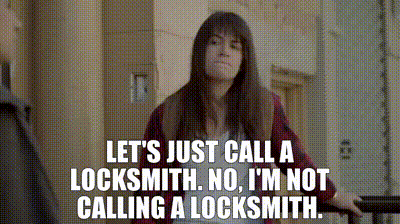
This means he sticks an uncut “blank” key into the keyway, wiggles it around a bit, and then files off bits until he has a functioning key.
You will save yourself a bucket of money if you are able to bring the safe to the locksmith to do this.
Stiff Key or Key That Won’t Turn
If the key is acting like it doesn’t want to turn in the keyway, you have one of four problems at hand.
A Blockage in the Safe’s Guts
The first could be that a gun or ammo can shift, keeping the locking mechanism from being able to move. If you recently moved your gun safe from one house to another while it was fully stocked, this may be the culprit, particularly for cheaper safes.
A higher-grade safe tends to have all moving parts sealed within the door. Cheap safes don’t. You have a thin piece of metal with moving components behind it. Stuff can get trapped.
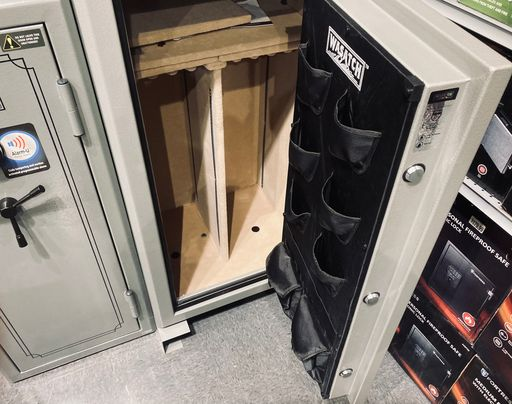
No moving parts on the inside of this door mean a blockage isn’t an issue.
If this is what I suspect the problem is, and I don’t think anything inside will accidentally blow my head off, I jostle the safe around a bit to remove the blockage.
Rusty Lock
The second problem could be that the lock is rusty inside.
This is why you want to avoid squirting WD-40 in your locks. WD-40 is water-based, and that water can cause intricate components within a lock to rust and seize up over time.
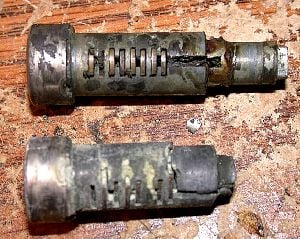
Instead of WD-40, squirt a little bit of Tri-Flow in there.
at Amazon
Prices accurate at time of writing
Prices accurate at time of writing
It’s an oil-based lubricant, and it may be just the solution your gun safe needs.
I’ve opened more than one lock a customer brought into me by simply squirting a blast of Tri-Flow into the keyway and then turning their key.
Old Key
The third problem you may have is that the key has been worn down over time.
If you can see visible signs of wear on your key and you suspect this is the problem, I recommend taking the key to a local locksmith and letting them know the key is worn and the lock is stiff.
If the safe is small, bringing it is a good idea.
Your locksmith will know how deep each cut is supposed to be for your particular key and will be able to make you a new key for around $10-15 in a matter of minutes.
If this new key is still stiff, you now know you have a different issue.
Something’s Stuck
The fourth reason your lock may be acting stiff is that something is stuck in the lock.
Little kids are notorious for stuffing crayons, pencils, dirt, and other random objects in locks. Additionally, a lock will find dust, grime, and other funk inside over time.
The guts of a lock have very tight tolerances, and when this gunk gets inside the lock, it causes parts that need to move to be unable to do so.
In the event there’s debris in your lock, and you can’t get your safe open, I recommend taking the lock off of the safe and getting a locksmith to get you a new one.
If you can get it off and install it yourself, you’re likely looking at around $20-$25 for a new lock.
If the locksmith has to do it at his shop, it’ll probably cost you around $40-$50, and a minimum of $150 if they have to come to you.
KeyPad Gun Safes
I would argue the majority of gun safes you see on the marketplace at the moment utilize a keypad in which you punch in your combination to access the insides of the safe.
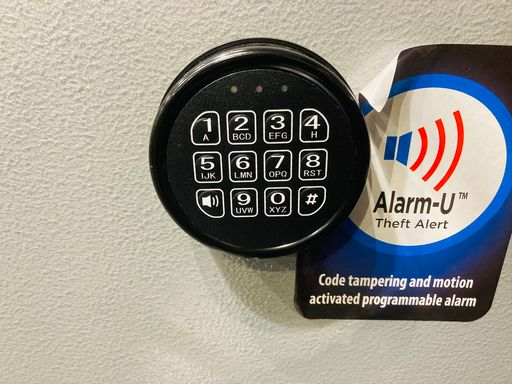
Did the batteries die?
This is the first thing you’re going to want to check. If you have an electronic number pad lock that won’t open — replace the batteries first.
Even if you see something lighting up on the panel, try replacing the batteries.
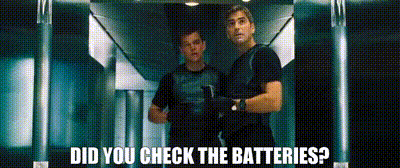
There may be just enough juice left in those batteries to light up the LED light on the display but not enough to power up the mechanism to retract the bolts.
Passcode Problems
If you or a little kid has punched in the wrong code a zillion times, your lock has likely gone into a lockdown mode in which it refuses to open until a set amount of time has elapsed.
This is a safety feature to keep bad guys from being able to steal your guns. If they punch in the wrong code five times, they’re not likely to wait around 60 minutes to try again.

Wait a while, and then try your code again.
If you forgot the code, you have a few options…
Is there a backup manual keyway as well? If so, open the lock with the key, and then check online or in your user manual for how to reset the combination.
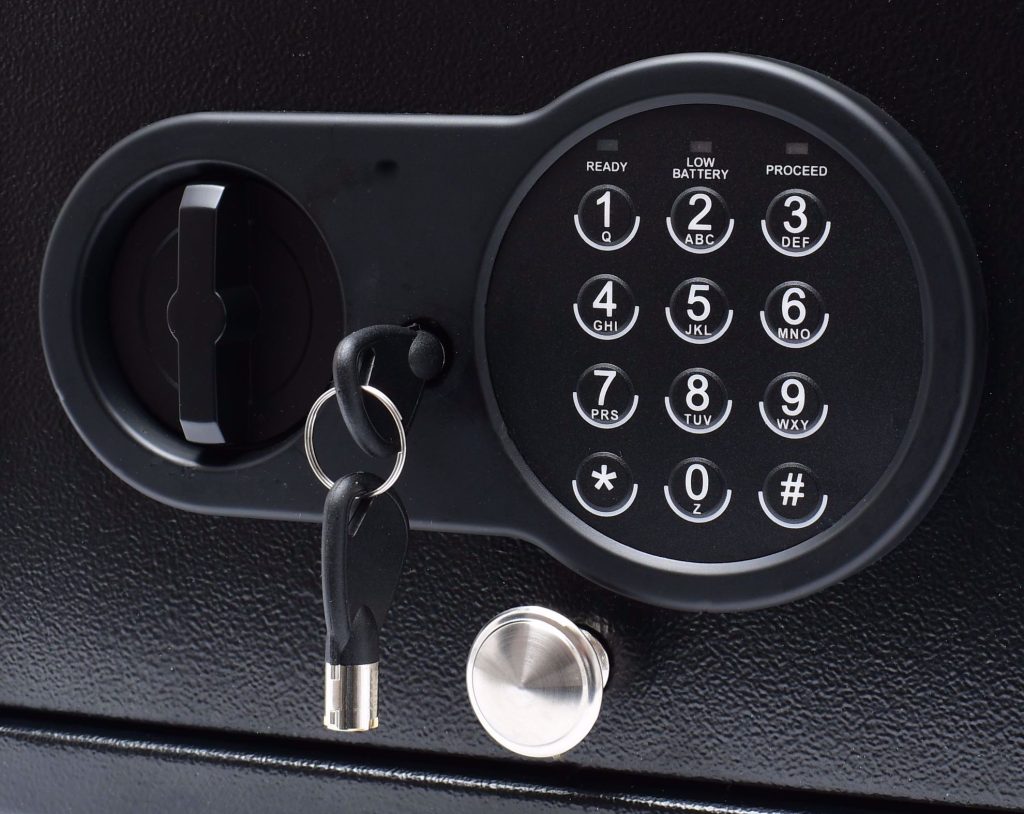
A lot of cheaper number pad locks have what’s called a “safe override code” as well. The override code is a “master code” that allows you to access the safe even if the normal code is lost. You may be able to do a bit of sleuthing online for the override code for your particular type of safe/number pad.
If there’s no keyway and no safe override code, there are frequently hacks you can find to open these types of locks easily.
A quick YouTube search will show you what these are. I’ll note that Mr. Locksmith really helped me out a lot as I was learning the trade.
If you can’t find a hack, you don’t have an override code, and you’re at a loss after looking online; unfortunately, you’ll have to get a locksmith to look at things.
Biometric Gun Safes
Biometric safes have locks that read your fingerprint to open. Most of the time, these are found on little handgun safes that people stick under their beds or on a nightstand.
They’re prolific, mainly because they’re so cheap. And that’s what is going to save your bacon here — cheap safes are easy to crack.
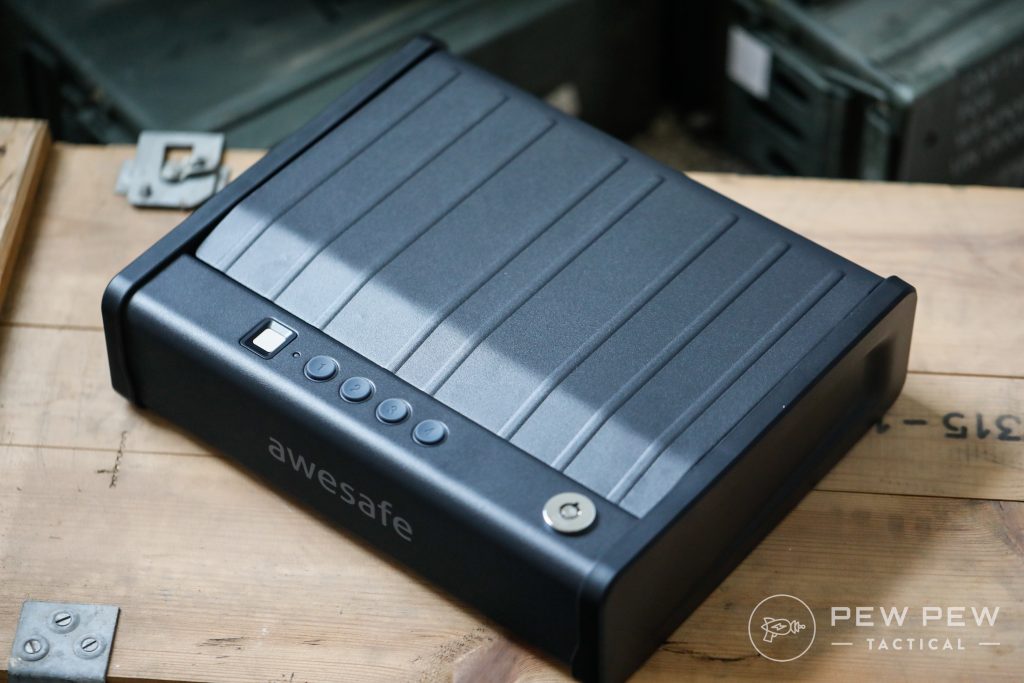
For the best advice on how to open your particular biometric safe, I highly recommend searching Lockpicking Lawyer on YouTube.
I would easily consider him to be the best lockpicker in the world (literally), and he likely has created a video that will show you how to hack your way into your model of biometric safe.
If he doesn’t have anything available, you’ll likely have to take the safe to a locksmith, who will gain access via destructive entry.
Dial Lock Gun Safe
If you’re using a dial lock style safe, this is where you’re going to have the least amount of luck doing an at-home, DIY fix.
I’m going to tell you right now you won’t be able to sit there with a stethoscope up to the lock like you’re from Ocean’s 11 and open your safe.
I’ve spent years trying to figure out how to do that in my off-time, and the training for this particular skill set is brutal.

The way I see it here, you’ve only got three options.
First, are you dialing in the code the wrong way? A lot of people forget the correct sequence of rotation for their lock.
If that’s not working, check online to see if someone else has found a way in.
And if that’s not working? You guessed it, locksmith time.
Final Thoughts
If all else fails, I get up real close to the keyway and whisper to the lock how I’m feeling. Communication is key. It really helps things open up. Sorry, locksmith joke.
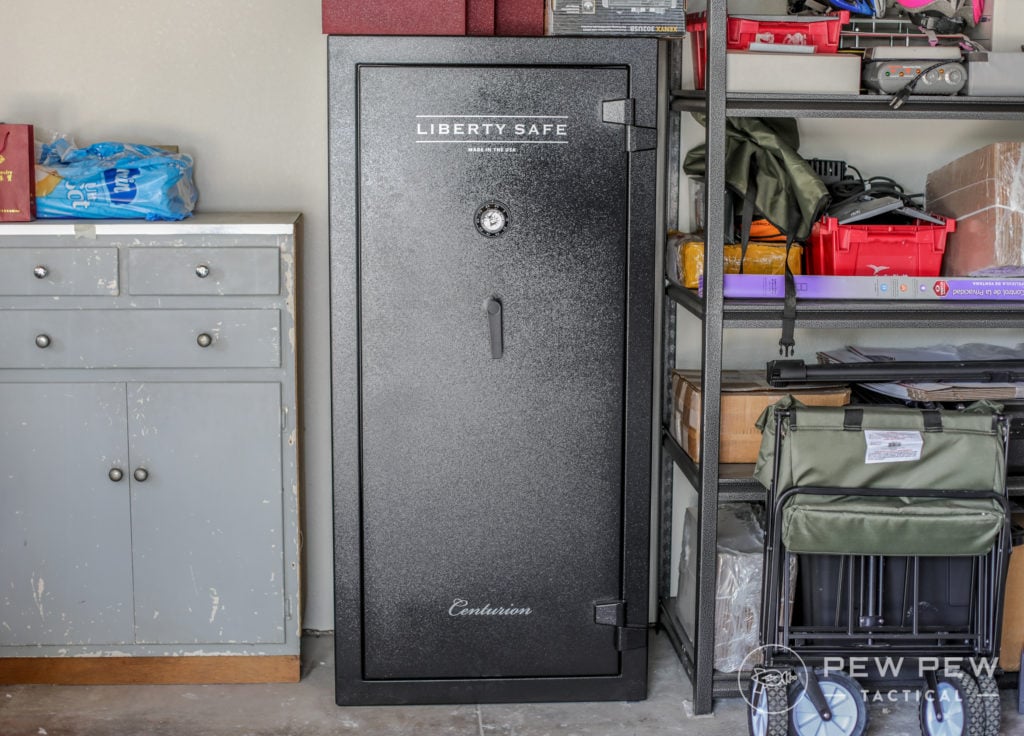
Having a gun safe lock fail on you is a miserable experience that can leave you both frustrated and at a complete loss for what to do.
Hopefully, the tips here can help you avoid a major headache and maybe save some money in the process.
Have you had a gun safe fail on you before? Let us know in the comments below! Looking for portable storage options? Check out our article on the 6 Best Car Gun Safes for Pistols & Rifles!
Read the full article here


